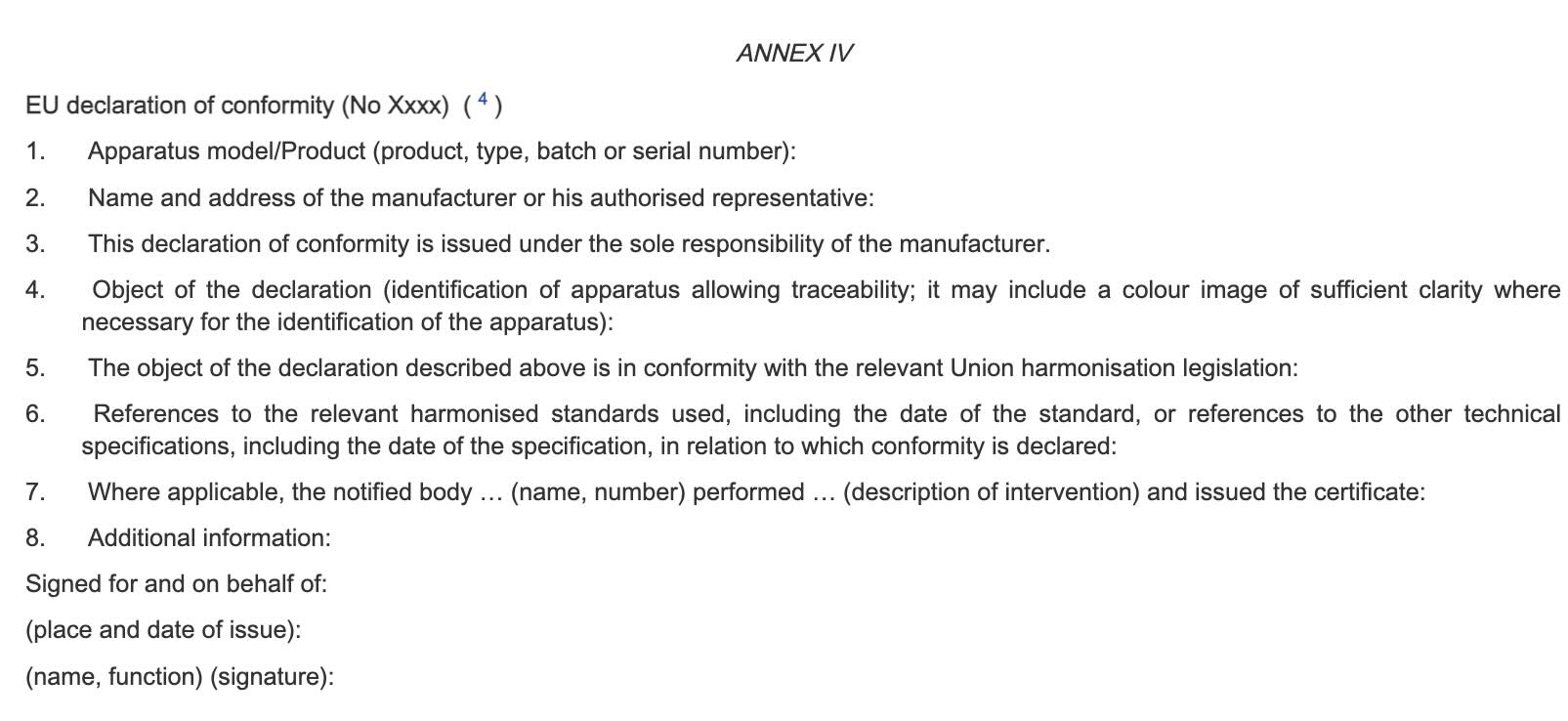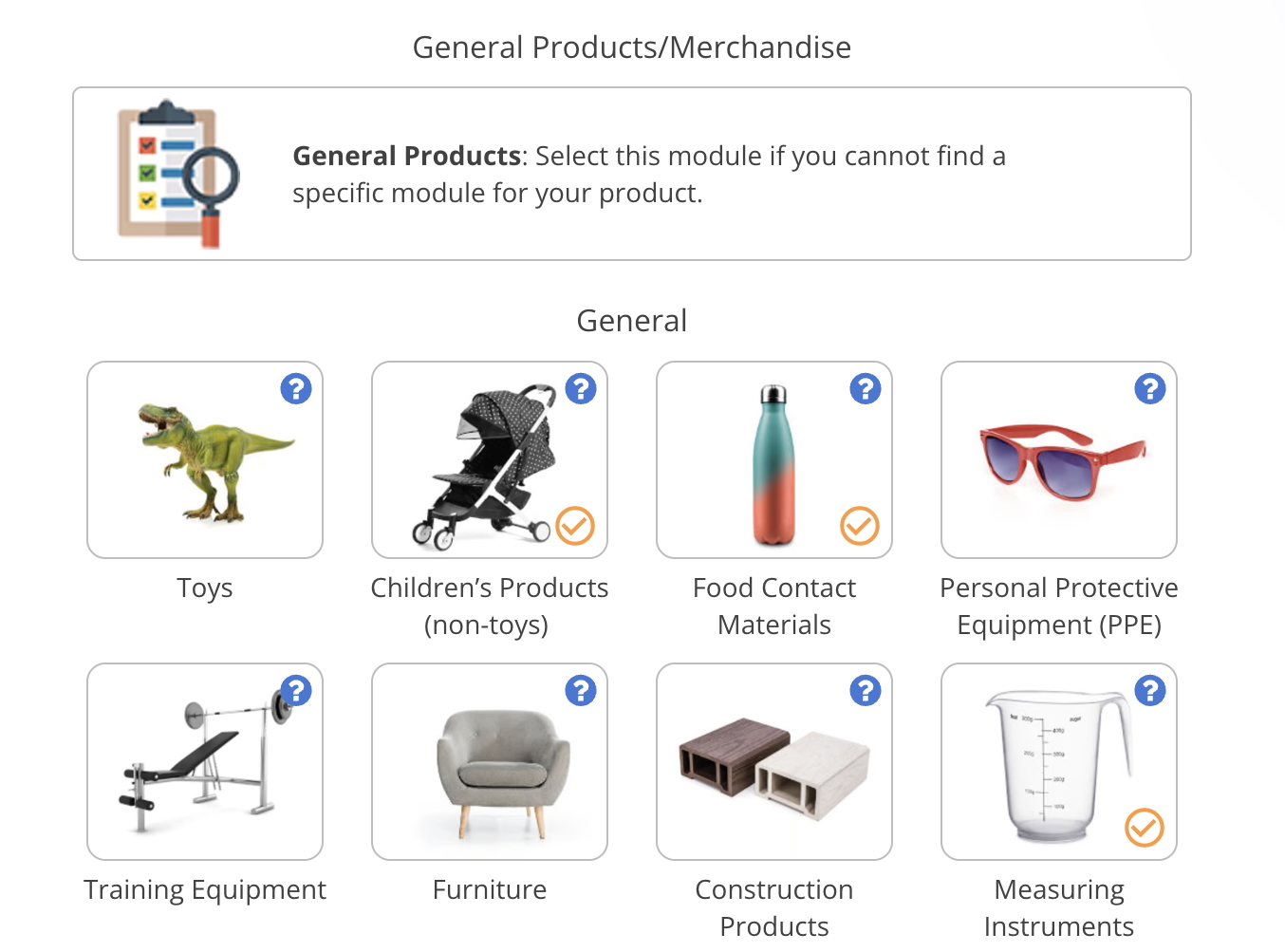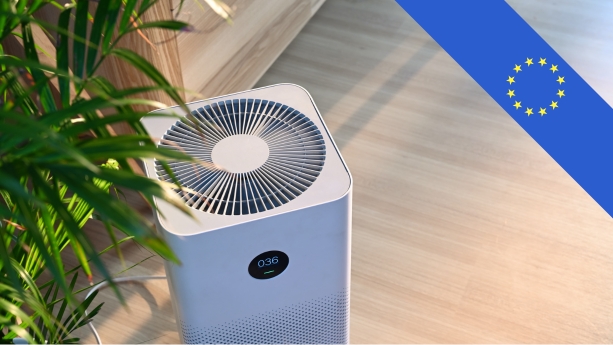
Air purifiers manufactured or imported to the EU are subject to various regulations and directives. In this guide, we take a closer look at the EMC Directive, Low Voltage Directive, and other compliance requirements relevant to air purifiers in the European Union.
Content Overview

FREE CONSULTATION CALL (30 MIN)
 Ask questions about compliance requirements
Ask questions about compliance requirements Countries/markets:
Countries/markets:
 Learn how we can help your business
Learn how we can help your business
You will speak with:Ivan Malloci or John Vinod Khiatani
Which EU regulations and directives apply to air purifiers?
Here is an overview of various EU regulations and directives that can be relevant for air purifiers.
| Regulation/Directive | Relevancy |
| RoHS Directive | This Directive restricts heavy metals and chemicals in electronic products, which include air purifiers. |
| EMC Directive | 1. The EMCD sets electromagnetic compatibility requirements for electronic products, including air purifiers.
2. Air purifiers must be designed in compliance with harmonised standards to ensure that the unit does not interfere with other devices |
| Low Voltage Directive (LVD) | 1. LVD sets requirements concerning electrical safety for electronic products designed for 50 and 1,000 V AC and between 75 and 1,500 V for DC.
2. Air purifiers or accompanying AC adapters with input voltage within this range must comply with the LVD. |
| Radio Equipment Directive (RED) | 1. The RED covers radio equipment (devices with wireless communications).
2. As such, the RED is applicable to air purifiers with Bluetooth and wifi functionality. |
| Batteries Regulation | 1. The EU Batteries Regulation sets requirements for lithium batteries and other types of batteries.
2. Air purifiers that are battery-powered or have a backup battery are therefore subject to the requirements of this regulation. |
| Ecodesign Directive | 1. Regulation 206/2012 implements the Ecodesign Directive with regard to ecodesign requirements for air conditioners and comfort fans.
2. Air conditioners are defined as devices capable of cooling or heating, that may also provide air-purification, and other additional functionalities. Thus, some types of air purifiers may be covered. |
| Energy Labelling Framework Regulation | 1. Delegated Regulation (EU) 626/2011 sets energy labelling requirements for air conditioners.
2. As mentioned, air conditioners include products that may have air-purification functionalities. |
| Ecodesign for Sustainable Products Regulation (ESPR) | 1. The ESPR provides a framework for setting ecodesign requirements for most products.
2. One of its priorities is to set requirements for energy-related products, such as those covered by the Ecodesign Directive. 3. It is possible that some of the requirements set by Regulation 206/2012 will also continue to apply under the ESPR. However, the ESPR also set additional requirements, such as the Digital Passport. |
Substance restrictions
Fragrances or other substances contained in air purifiers may also need to comply with one or more of the following EU regulations:
- REACH Regulation
- POPs Regulation
- CLP Regulation
Packaging requirements
Packaging materials used to pack air purifiers are also subject to regulations and directives
- Packaging and Packaging Waste Directive
- Packaging and Packaging Waste Regulation
Air purifier standards
Air purifiers are subject to various EU regulations and directives, which require compliance with harmonised standards. Here are some examples of standards that may be relevant to various types of air purifiers sold in the European Union:
EMC Directive
EN 55014-1 – Electromagnetic compatibility – Requirements for household appliances, electric tools and similar apparatus – Part 1: Emission
EN 55014-2: – Electromagnetic compatibility – Requirements for household appliances, electric tools and similar apparatus – Part 2: Immunity – Product family standard
Low Voltage Directive (LVD)
EN 60335-1 – Household and similar electrical appliances – Safety – Part 1: General requirements
EN 60335-2-40 – Household and similar electrical appliances – Safety – Part 2-40: Particular requirements for electrical heat pumps, airconditioners and dehumidifiers
Ecodesign Directive and Energy Labelling Framework Regulation
EN 12102-1 – Air conditioners, liquid chilling packages, heat pumps, process chillers and dehumidifiers with electrically driven compressors – Determination of the sound power level – Part 1: Air conditioners, liquid chilling packages, heat pumps for space heating and cooling, dehumidifiers and process chillers
EN 12900 – Refrigerant compressors – Rating conditions, tolerances and presentation of manufacturer’s performance data
EN 14511-2 – Air conditioners, liquid chilling packages and heat pumps with electrically driven compressors for space heating and cooling – Part 2: Test conditions
EN 14511-3 – Air conditioners, liquid chilling packages and heat pumps with electrically driven compressors for space heating and cooling – Part 3: Test methods
EN 14825 – Air conditioners, liquid chilling packages and heat pumps, with electrically driven compressors, for space heating and cooling – Testing and rating at part load conditions and calculation of seasonal performance
EN 15218 – Air conditioners and liquid chilling packages with evaporatively cooled condenser and with electrically driven compressors for space cooling – Terms, definitions, test conditions, test methods and requirements
Note: This is not an exhaustive list of standards that can be applied in some way to certain types of air purifiers in the EU. The exact list depends on the components and functionality of the specific devices you intend to manufacture, import, or sell.
Labelling requirements
Air purifiers are subject to several EU regulations and directives mandating CE marking. These also set requirements for product traceability.
CE Marking

CE marking is required for air purifiers sold in the European Union. The CE mark itself must generally be affixed directly to the air purifier itself.
The CE mark can be affixed to the packaging or instructions if there is not sufficient space or a surface suited for printing on the device. However, that is unlikely to be the case for air purifiers.
Other labelling information
The same regulations and directives that mandate CE marking also tend to mandate the inclusion of the following information:
- Product type and model
- Batch number or serial number
- Product specifications (i.e., input voltage, current, power)
- Warnings and safety information
- Manufacturer name
- Manufacturer address
- Importer name
- Importer address
The product and manufacturer information must generally be specified on the air purifier to ensure that the user can trace the device back to the seller. It is also generally seen as a good practice to include crucial warnings and safety information on the device.
Non-EU companies selling air purifiers directly to consumers in the EU must also have an EU-authorised representative. Their company name and address must also be specified.
WEEE Symbol
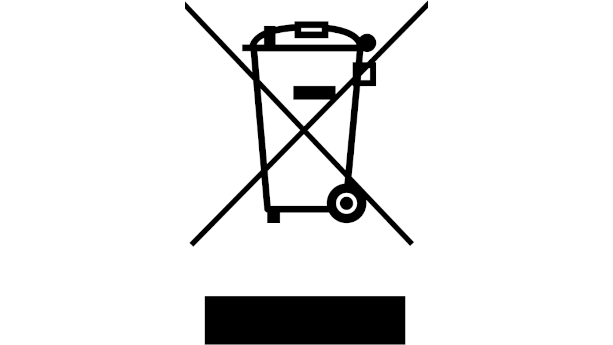
The WEEE Directive is applicable to air purifiers and requires the inclusion of the symbol above. It is used to indicate separate waste collection.
Energy Label
The Energy Labelling Framework Regulation sets the general labelling requirements for products that require an energy label.
Delegated Regulation (EU) 626/2011 focuses on the specific requirements for air conditioners, including those with air purification functionalities. These requirements vary according to the type of air conditioner (e.g. cooling-only, heating-only, or reversible double duct).
Note that, in order to create your own energy labels, you need to use the European Product Registry for Energy Labelling (EPREL), which is available in the Europa.eu website.
Documentation
Below follows an overview of the documentation required for air purifiers:
Declaration of Conformity
A Declaration of Conformity must be issued by the company defined as a manufacturer. The exact information that must be included varies between EU regulations and directives.
Here is an example from the EMC Directive:
The Declaration of Conformity can be requested by government bodies carrying out inspections or marketplaces like Amazon.
Technical Documentation
The manufacturer must also issue a set of technical documentation. The following items can be included:
- Product description
- Product image
- Technical drawings
- PCB schematics
- Bill of materials and subassemblies
- Firmware
- List of applied harmonised standards
- Calculations made, examinations carried out, etc
- Test reports
Test reports
As mentioned, air purifiers must comply with applicable harmonised standards. This must, in turn, be verified through product testing, resulting in test reports. These test reports must be included in the technical documentation for your air purifier.
Instructions
Air purifiers must also be accompanied by sufficient instructions. This can, for example, include the following information:
1. Current and voltage range
2. Warnings and precautions
3. Installation
4. Maintenance
5. Disposal
It is absolutely essential that the air purifier is accompanied by instructions that allow your customers to use it in a safe manner.
Product information sheet
The Energy Labelling Framework Regulation requires you to provide a product information sheet with your product. Such documents should contain the details specified in the relevant delegated acts. In the case of air conditioners and related products, Delegated Regulation (EU) 626/2011 mentions a “Product fiche” that includes information about the supplier and the product technical specifications (e.g. annual electricity consumption).
Product safety testing
Product safety testing is necessary to verify compliance with the standards that apply to your air purifier. Here are some companies that can offer testing services for air purifiers:
- TUV Rheinland
- Bureau Veritas
- SGS
- Intertek
FAQ
What does it cost to arrange testing for air purifiers in the EU?
The cost to test an air purifier according to European standards can, in my experience, range between 2000 to 5000 EUR or USD.
What are the main safety risks for air purifiers?
Far from all air purifiers are manufactured specifically to comply with European standards. This doesn’t necessarily mean that such products are by default unsafe, but it does mean that they cannot be legally sold in the EU.
That said, such products can also be inherently unsafe. Here are some examples of safety issues resulting in recalls published on the EU Safety Gate:
- Electrical and fire hazards
- Excessive amounts of chemicals and heavy metals
It is therefore critical that you verify compliance by vetting test reports or arranging lab testing before importing or manufacturing air purifiers for the EU market.
Does the Ecodesign Directive apply to air purifiers?
The Ecodesign Directive applies to air conditioners, including those with air-purification functionalities. As such, it applies to some types of air purifiers or devices with such functionality.
Do air purifiers require energy labelling?
As for the Ecodesign Directive, the Energy Labelling Framework Regulation also applies to air conditioners, including those with air-purification functionalities.
Thus, some types of air purifiers may require an energy label.
What requirements apply to air purifiers with WiFi or Bluetooth features?
Air purifiers with WiFi and Bluetooth functionality are likely under the scope of the Radio Equipment Directive. This Directive sets requirements concerning the following:
- Harmonised standards
- Labelling
- Documentation
- Testing
Who is responsible for ensuring compliance?
The manufacturer is generally responsible for actively managing the compliance process for air purifiers and other electronics sold in the EU. Note that any company selling air purifiers under its brand name can be deemed a manufacturer.
As such, companies importing air purifiers from factories in China, but affixing their brand, are likely to be considered manufacturers.
How does the GPSR apply to air purifiers?
The GPSR is not on the list of “core” regulations for air purifiers in the EU. This can be explained by the fact that the EMC Directive, LVD and other regulations and directives set requirements for electronics.
That said, some aspects of the GPSR can still be relevant. For example, the GPSR requires the inclusion of an electronic address, which may not be written in the other regulations and directives mentioned in this guide.
Do air purifiers require CE marking?
Yes, air purifiers in the EU must be CE marked.
Is testing mandatory for air purifiers?
Yes, product safety testing is mandatory for air purifiers sold in the EU. You must first and foremost verify compliance with applicable harmonised standards, which requires product testing.
Chemical testing of the casting material and internal components may also require lab testing.

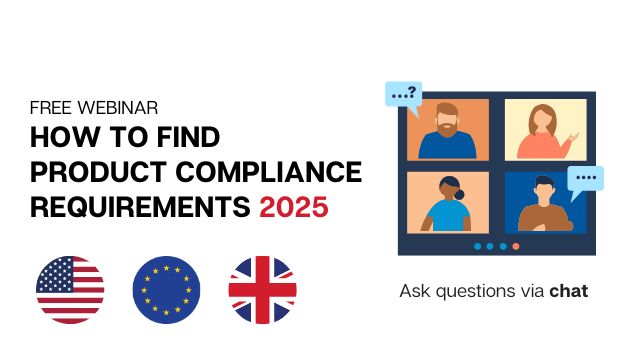












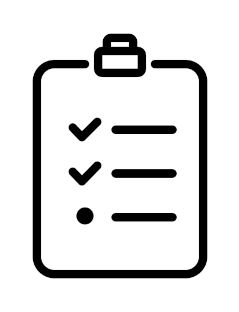


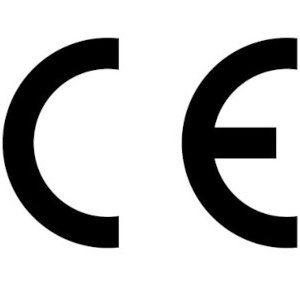




.png)
.png)
.png)
